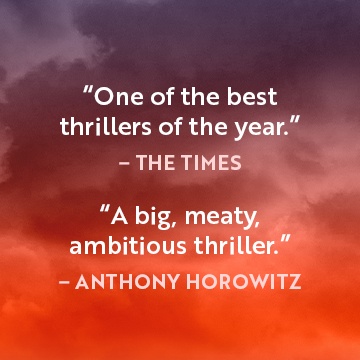Translated by Ross and Shika Mackenzie — Author Soji Shimada, whose groundbreaking 1981 novel has recently been translated afresh by Pushkin Press, is considered the godfather of the Shin-honkaku school of crime fiction in Japan. He inspired the New Orthodox group that aimed to return mystery fiction in Japan to its roots as a game of deduction. The New Orthodox school also gave rise to Yukito Ayatsuji, whose The Decagon House Murders we reviewed recently, but in many ways The Tokyo Zodiac Murders is a world away from The Decagon House Murders. For a start, while Ayatsuji’s novel borrowed heavily from Golden Age crime fiction, Shimada’s expansive novel of forensic detection, spread over 40 years, is something entirely original.
The story opens in 1979, with a postmodern nod to readers, imploring us to attempt to solve a crime. Not just any crime, but ‘…one of the most perculiar and the most elusive mysteries in the history of crime.’ And we must use only the clues that the detectives themselves have to work with. It then takes a jump back to 1936, with a gruesome confession – the last will and testament of eccentric artist Heikichi Umezawa, who uses astrology and alchemy to justify a complicated plan to kill his six daughters and step-daughters. Umezawa was planning to use the bodies of the six girls to create a perfect being, but is found murdered before his scheme can be put into action. One of his daughters discovers him with his head bashed in, alone in his studio, which is locked from the inside.
Police are initially baffled. There are two sets of footprints in the snow – one belonging to a woman, one to a man. As they search for whoever left the shoeprints, Umezawa’s wife and daughters head to the mountains on family business. The daughters then disappear, before being found mutilated in manners and locations eerily reminiscent of Umezawa’s final letter. Despite signs pointing to Umezawa’s wife, nothing can be pinned on her, and the case remains unsolved for decades, revisited only by amateur detectives looking for fame.
Two of these amateur detectives are Kazumi Ishioka and Kiyoshi Mitarai, perfect caricatures of Sherlock Holmes and Dr Watson. Together they set out to unearth the truth behind the Tokyo Zodiac Murders, and with them we are taken on a journey through the gruesome art of murder, which lasts from the 1930s to the 70s, from Tokyo to Kyoto, and deep into the mind of a mysterious killer.
In two authorial interludes, Shimada challenges us to come up with the answer. While it may be possible for some readers to work out the truth before the reveal, I certainly didn’t manage it. Reading back through The Tokyo Zodiac Murders you might see the way in which hints are expertly woven through the text – what seems at first like an insolvable series of murders in the end could not have been committed by anyone other than the revealed killer.
The only remaining question is just how the murders could have been committed. The amateur detective who finally solves the case states that these things are just small details, and it’s not necessary to know what really happened. However, two of these minor details in particular go very close to making the plausibility – which is the novel’s main strength – come crumbling down. However to tell you what they are would be to spoil what is an extremely rewarding read.
For more Japanese crime fiction, click here.
Pushkin Vertigo
Print/Kindle
£3.79
CFL Rating: 4 Stars










